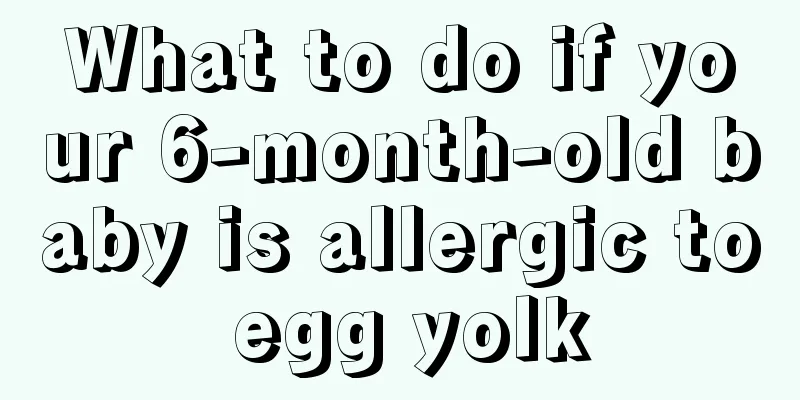What are the precautions for children’s dental beauty?

|
Orthodontic treatment for children is very common. This is because children go through a tooth replacement process as they grow up. In addition to congenital genetic factors, some acquired factors can cause teeth to become deformed during growth. Common factors include disease and poor oral hygiene. For teenagers, dental beauty and correction will have better results if they are done at the right age. Since there are many types of tooth deformities, the best time to do orthodontic treatment is not very different in different situations. Generally speaking, it is not advisable to orthodontize children too early, but not too late either. Generally speaking, the best age for children to undergo orthodontic treatment is during their peak period of growth and development, which is 12-14 years old for boys and 11-13 years old for girls. If you miss this period and wait until after the age of 18 to get orthodontic treatment in adulthood, the effect of tooth correction will be significantly less than that in childhood and adolescence because the child's growth and development is basically completed. For malocclusions that severely impede growth and development, initial orthodontic treatment is generally required. Generally speaking, most malocclusions can only be corrected when the teeth are replaced by permanent teeth, which is around the age of 12. Since the roots of permanent teeth are gradually developed and the occlusal relationship between the upper and lower teeth is adjusted at this time, the dentist can also make a clear diagnosis of the type of malocclusion and take appropriate orthodontic methods. After orthodontic treatment is completed, it is easy to maintain a stable effect without major changes. When children are having their teeth straightened, they should reduce the amount of snacks and candies they eat, especially chewing gum. Because chewing gum sticks to the braces, it is difficult to remove. During the process of teenagers' orthodontic treatment, parents should pay special attention to urging their children to follow the doctor's instructions, such as: going to the hospital for regular check-ups, replacing wires, wearing rubber bands, etc. Otherwise, the correction process will be prolonged and the ideal correction effect will not be achieved. When correcting teeth, use very small traction force to slowly move the teeth without causing much discomfort to the patient. However, during the first few days of wearing braces, your teeth will feel sore and uncomfortable. At this time, you can eat soft rice or porridge and other foods. After about a week of adaptation, you can eat normally, but you still need to pay attention to the care of your teeth and braces. |
<<: Why does my baby have a stuffy nose at night?
>>: At what age can a child be diagnosed with ADHD?
Recommend
What to eat for children with periodontitis
Periodontitis is a common dental problem nowadays...
What should be paid attention to in massage treatment of children's fever
Fever in children can be very dangerous if not tr...
Why is my child losing his hair?
For parents, what they want most is to see their ...
What to do if your child is coughing and wheezing
Coughing in children is a very common phenomenon,...
What is the reason why a child's neck jumps rapidly when sleeping?
In real life, many parents will find that their c...
What is the reason for the white dandruff on the newborn baby’s scalp?
Some parents found that their children had white ...
4 year old baby snoring
In fact, the symptom of snoring is very harmful t...
What is the treatment for cough in children?
Affected by the surrounding environment, some ger...
Causes and treatment of myocarditis in infants
There are still many situations that occur in inf...
When is the right age to do circumcision?
Many parents will encounter a problem. Their chil...
How to take care of children who have stomach pain after eating too much
Many parents often encounter this situation in li...
What medicine should children take when they have a fever?
The baby's body resistance is generally very ...
What are the benefits of baby swimming?
Swimming is a very common sport in our lives. We ...
How to prevent animal bites in young children
Because young children are young, they do not kno...
What causes children's cold hands and feet?
Many young children have cold hands and feet, whi...









